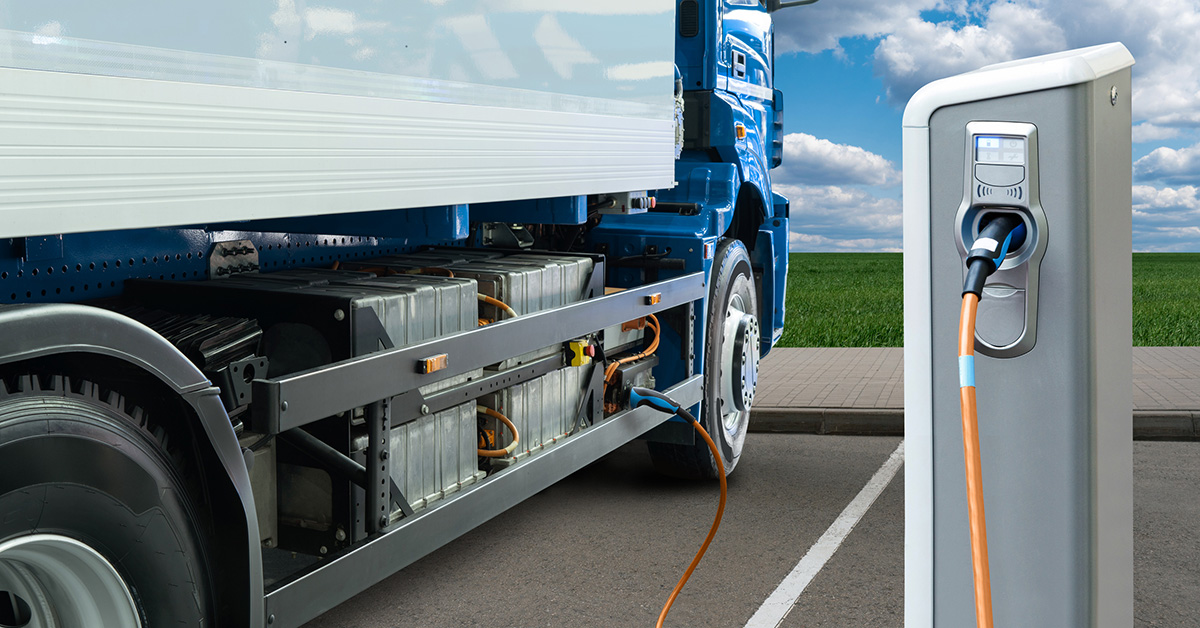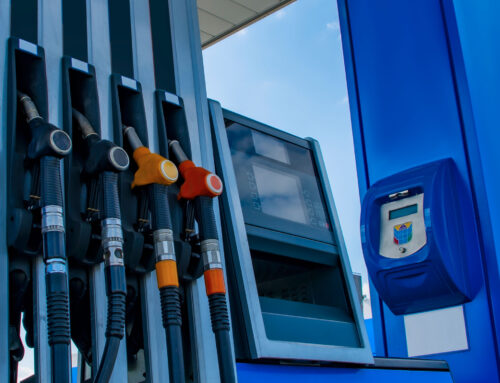A June 2022 Consumer Reports article broke the news that automakers are adding pure battery electric vehicles to their lineup with a projected debut of 2024. Most notably Honda is teaming up with General Motors and using their long-range Ultium batteries.
While these types of changes in automotive technology are unavoidable, it’s important to note that they’re neither on the immediate horizon nor sector-ending for the oil and gas industry. Here’s why.
The war in Ukraine impacted the precious metals market.
The Russia-Ukraine conflict changed the game when it comes to precious minerals access. That region, for example, mines a huge chunk of the world’s nickel supply. As the war intensified this winter, the price of nickel soared from $29,000 to $100,000 in three days’ time. The London Metal Exchange responded by shutting down the nickel market for a week.
Nickel is one of several critical ingredients for electric batteries. The topsy turvy cost had significant downstream effects for electric vehicle manufacturers, who had to increase the cost of their vehicles and batteries.
This isn’t the first or the last time minerals will be hard to come by.
The war has only exacerbated existing supply chain issues with precious metals and their pathway to electric battery and electric vehicle manufacturers.
This spring, the International Energy Agency released a comprehensive study of how demand for precious metals will grow as countries pursue net zero emissions goals. More than half of the minerals needed for electric batteries are mined in Australia (48% of the world’s lithium), China (79% of the world’s graphite), and the Democratic Republic of Congo (69% of the world’s cobalt).
The disproportionate dependence of mining precious metals in these three countries, two of which have a history of poor working conditions and human rights violations, threatens to further stress the electric battery supply chain and causes prices to skyrocket.
Electric Semi trucks running still aren’t financially viable.
Even as consumers slowly adopt electric vehicles, the trucking industry is years, possibly decades away from making the transition. The early models so far are mind-bogglingly expensive.
Currently Tesla is requiring a $20,000 preorder for a not-yet-widely-manufactured electric semi truck. The expected base price for an electric semi truck with a 300-mile range is $150,000. The price soars to $180,000 for a truck with a 500-mile range.
Electric semi models are also on pre-order availability from Nikola and Freightliner.
The trucking industry as a whole has lauded how many of these trucks are performing. However, many skeptics raise questions about the cost of ownership, repairs, charging station locations, operational ability in different temperatures, battery life, range reliability, and other baseline functional issues.
Perhaps the biggest issue is the lack of infrastructure. Electric semis can’t hit the road and haul goods without widespread adoption of electric charging at gas stations. Until then, the jury is out on electric semis, how and where they’ll run, and if the trucking industry will make a move to purchase them en masse.
Next month, we address the need at gas stations!
Don’t miss a beat. Follow industry news with Financial Fuel Services.
The team at Financial Fuel Services is committed to keeping you informed about the trucking industry, the oil and gas sector, and how it impacts gas station ownership in North America. Follow our Industry News page for the latest.
Learn more about what Financial Fuel Services can do for your business. Schedule your consultation today.






